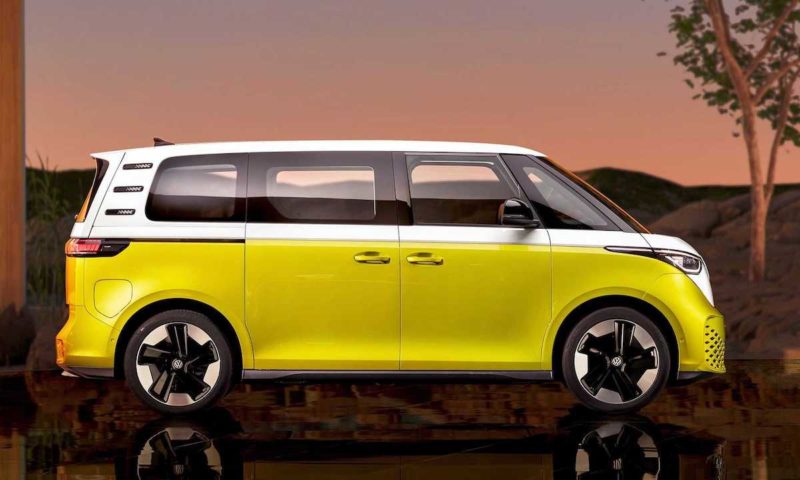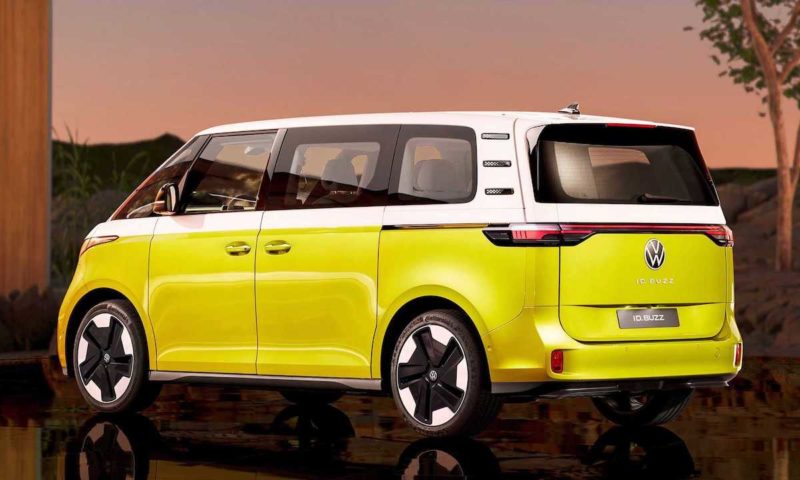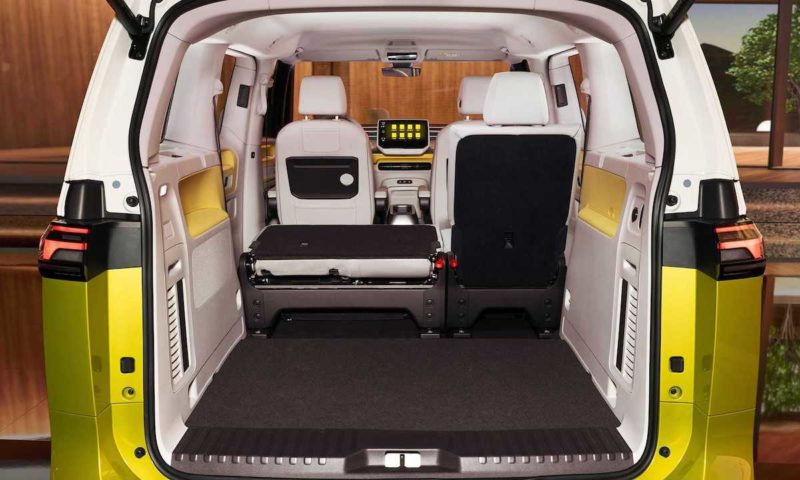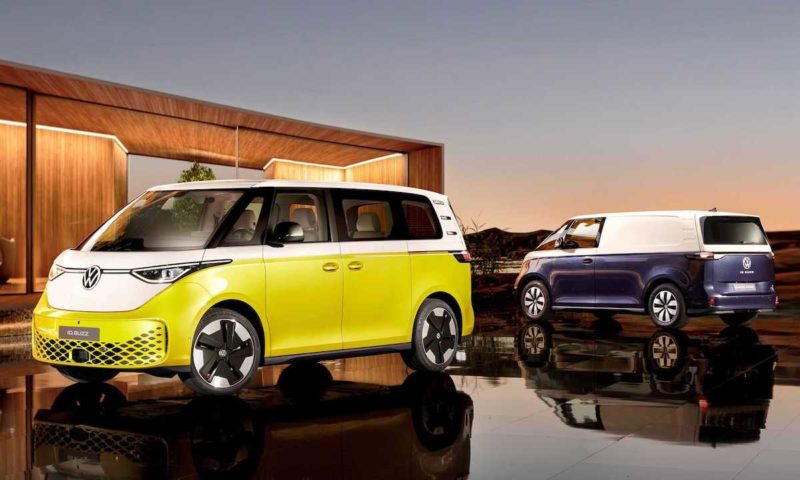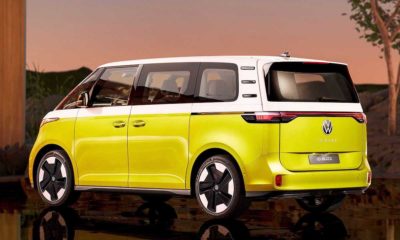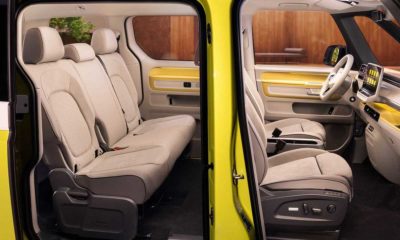Teaser after teaser and half a decade of excitement later, Volkswagen’s ID. Buzz is finally here and the Wolfsburg firm may have just reinvented the bus…
In 2017, Volkswagen unveiled the ID. Buzz concept and from that moment on, we have been awaiting the final production version. And so, nearly 5 years on to the day, we have been gifted with the official reveal of the ID. Buzz and ID. Buzz Cargo.
Here are some details on the “new face of sustainability mobility” at Volkswagen. We’re all pretty au fait with ID. Buzz’s various iterations and its modern variation on the people mover theme. Both its shape and proportions remain rather true to the 2017 concept which itself was heavily inspired by another VW concept from 21 years ago.

As we’ve come to see with the production versions of concepts, the ID. Buzz’s face is quite a bit toned down and less futuristic than that of the 2017 prototype. A key design element of the VW T1, the short body overhangs, help the relatively compact EV keep a rather solid stance when viewed side-on. As is the case with most electric drive systems, its simplicity means that there isn’t a need for a large engine compartment, thus allowing the ID. Buzz to retain the original VW T1’s one-box shape. The two-tone finish which covers portions of the front fascia, presents as another nod to the iconic T1, too, with LED lights found front and rear of the commercial vehicle.
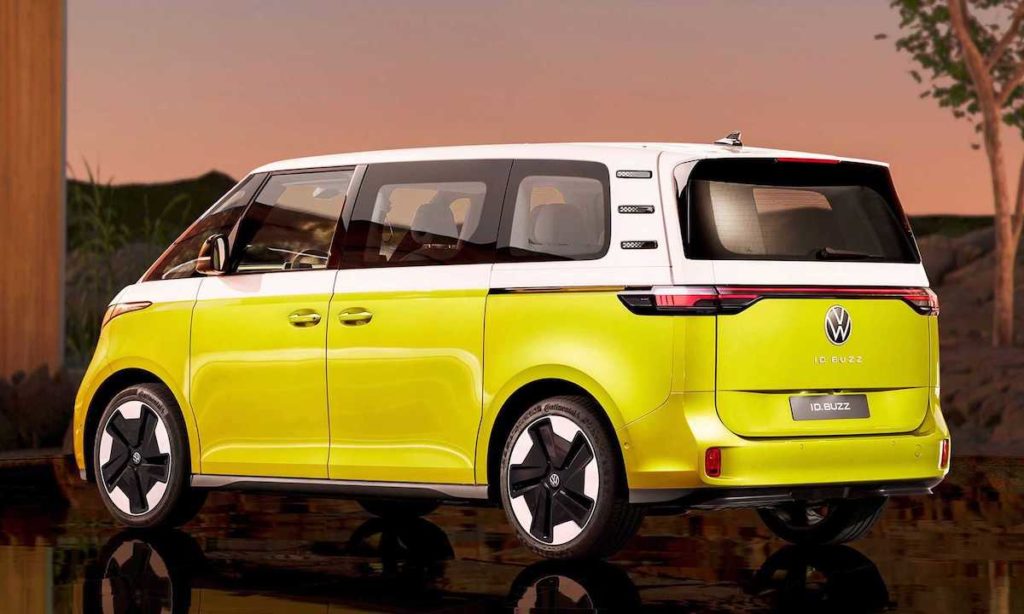
Volkswagen’s nifty MEB architecture means that the ID. Buzz features five seats in standard-length guise, comprising two individual seats with adjustable armrests up front, as well as the three-seater bench behind that. Integrated into the backrests of each of the front seat is a side thorax airbag, the driver’s seat also featuring a new centre bag which has been designed to prevent the front passengers from hitting one another in the event of an accident. VW has also promised a six-seater version later on in the model’s lifecycle which will feature two. Rows of three individual seats. There will be an extended-wheelbase version too, featuring a 2-30-2 seating layout. This initial iteration of the ID. Buzz has an astonishing 1 121 litres of cargo space with the rear seats folded down, however there isn’t a froot/frunk as we’ve come to expect from most EV’s these days. Also, if you’re a fan of being as unoffensive as possible, a non-animal material is offered as an alternative to leather upholstery.
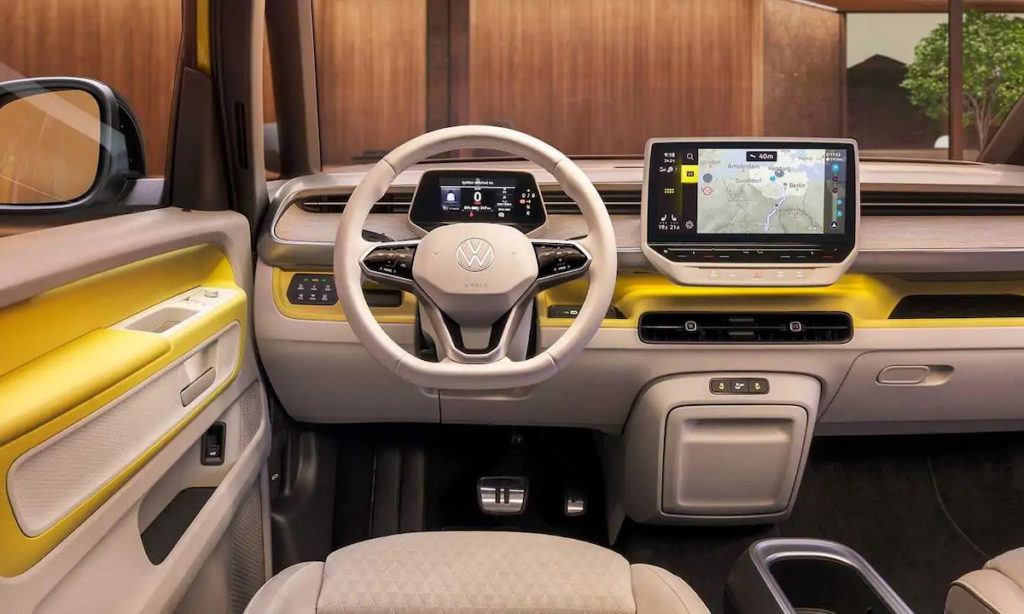
In terms of its powertrain, European customers have thus far been offered a single 82,0 kWh battery model. Power comes from a single 154 kW and 310 N.m electric motor – these are identical outputs to the ID.4 – however VW are not just ready to announce range figures which are due to be released at a later date. Additional battery options and power outputs are due to be released at a later stage, too. At a fast-charging station, 5% to 80% should take roughly 30 minutes and in certain markets, a bi-directional charging function will allow for customers to power their homes with the electricity in their car battery. Perhaps useful in our current climate of load shedding, although less convenient when you need to get to work in the morning and your car’s battery is flat…
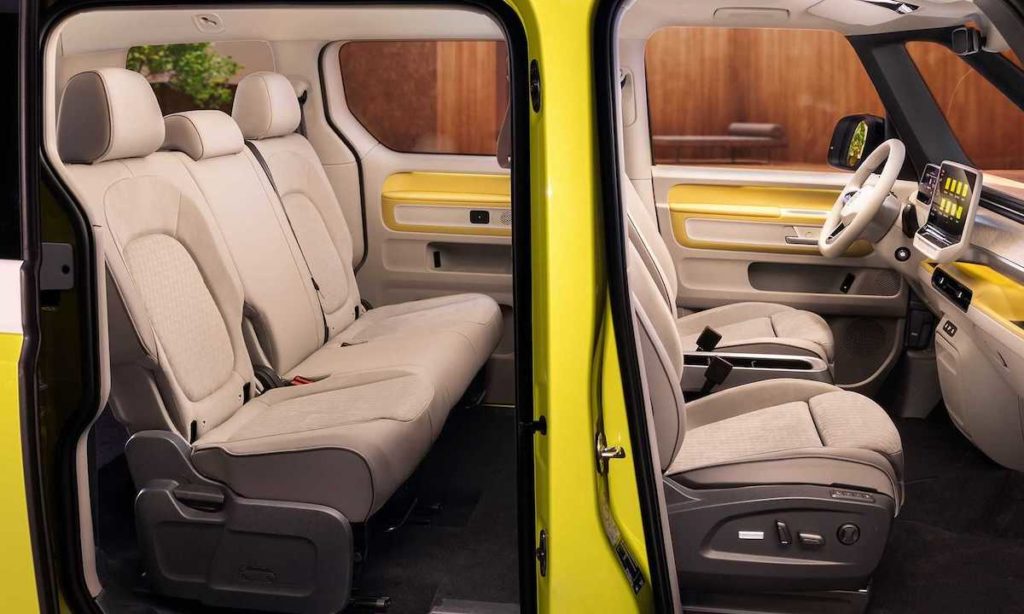
Which neatly brings us on to the point of there having been no announcement just yet of the ID. Buzz’s availability in South Africa. While we are a big Volkswagen market in general, the local uptake on EV’s hasn’t been what it ought to be considering global trends, but we all know the reasons for that.
We’ll just have to wait some more for the ID. Buzz, then.


